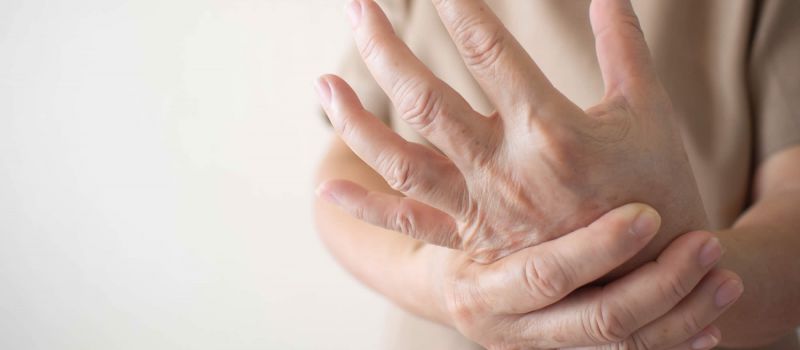Raynaud’s Phenomenon
By Canada Cloud Pharmacy | Published Saturday 20 February 2021

What is Raynaud’s Phenomenon?
Raynaud’s phenomenon is a condition that results in numbness, tingling and change in the color of the toes and fingers when exposed to cold. Raynaud’s phenomenon occurs when the blood flow to the fingers and toes is affected due to narrowing of blood vessels. While cold conditions or stress trigger the symptoms, episodes occur intermittently and subside on their own. Although the symptoms are disturbing, they usually do not cause any damage. Raynaud’s phenomenon is of two types:
• Primary Raynaud’s phenomenon: It occurs on its own and is less severe.
• Secondary Raynaud’s phenomenon: It is a result of an underlying autoimmune condition such as SLE (Systemic Lupus Erythematosus), rheumatoid arthritis, Sjögren’s syndrome, inflammatory myositis, scleroderma or some injury. The condition is difficult to manage.
What are the symptoms of Raynaud’s Phenomenon?
If you have Raynaud’s phenomenon, you may experience brief episodes of numbness and tingling sensation in your fingers and toes. Rarely it may affect the nose, ears and lips. You will experience the following typical signs:
• Fingers and toes initially turn pale white and then blue.
• They become cold, numb and painful.
• After a brief period, they turn red and you may get throbbing pain in the area.
Typically, the episodes last for less than a minute but may sometimes extend for hours. They may occur daily or weekly.
Are there any serious complications of this condition?
You may develop sores on the fingertips. In rare cases, these sores may further progress and one may develop gangrene (tissues may decay). In the worst cases, one may need amputation in case of gangrene.
How will the rheumatologist diagnose Raynaud’s Phenomenon?
Your rheumatologist may diagnose primary or secondary Raynaud’s based on your medical history and some tests. The rheumatologist will carry out further diagnosis as follows:
• Physical exam: Your rheumatologist will check the condition of your nails and fingers, and examine the area around and beneath the nails and skin to check the blood flow.
• Cold stimulation test: The doctors use the cold stimulation test to trigger the symptoms of Raynaud’s phenomenon. They note the temperature of your fingers and then expose the fingers to cold water and remove them to get back to normal. If you have Raynaud’s phenomenon, your fingers may require more than 20 minutes returning to the normal temperature.
• Nail capillaroscopy: In this test, your doctor examines your nail under a microscope.
• Blood tests: Your rheumatologist may also order blood tests such as erythrocyte sedimentation rate (ESR), C- reactive protein and some specific antibody tests. The findings indicate the presence of autoimmune conditions that may result in secondary Raynaud’s.
What are the treatment options for Raynaud’s Phenomenon?
Your rheumatologist may prescribe medications and suggest some self-care measures. Doctors commonly prescribe the following medications that relax or widen your blood vessels to improve the blood flow.
• Calcium channel blockers
• Alpha receptor blockers
• Non-specific vasodilators
In rare cases, you may need surgery to widen the blood vessels or remove the nerves that narrow the blood vessels. An anesthetic injection may also work to block the nerve in the affected toe or finger.
Self-care measures to control Raynaud’s phenomenon:
Commonly, doctors suggest lifestyle changes which can avoid the episodes of Raynaud’s phenomenon.
• Protection from cold: Wear hand gloves, socks and warm clothes to protect from cold conditions. Avoid air-conditioners, touching refrigerated items, or cold metals directly with your hands
• Skincare: Use a good moisturizer on your hands especially after washing hands to avoid dryness.
• Exercise: Physical activity improves your blood circulation
• Quit smoking: Nicotine from the cigarette causes constriction of blood vessels and worsen the symptoms.
• Manage stress: Meditation, relaxation exercises and yoga can help you manage stressful situations in a better way.
Living with Raynaud’s phenomenon is uncomfortable but not serious. Stay away from triggers of the condition. You can continue to have a good quality of life by controlling the occurrence and severity of the symptoms. Seek advice from your rheumatologist, follow all instructions and stay healthy.



 Canadian Company
Canadian Company 



 Sign In
Sign In
 Home
Home 
 About Us
About Us 
 How to order
How to order 
 Products
Products 



